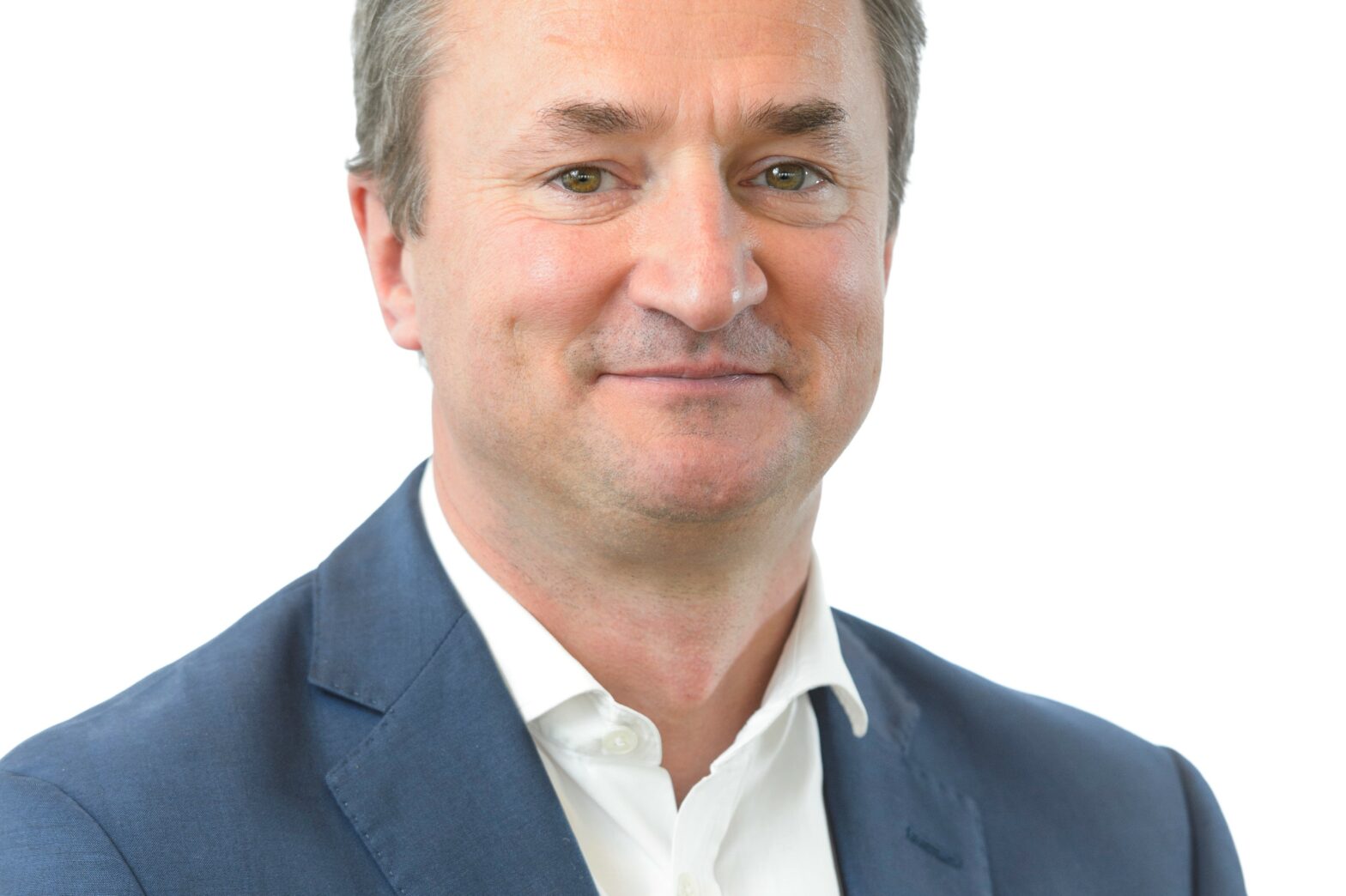EXCLUSIVE: ThinCats, the growth-business lender, wants to be lending £400m a year to cash-starved scale-up companies by the end of 2020.
The loan provider, which has lent £500m to growth businesses since 2011, believes that scale-ups – the real engine of the economy – are being choked of investment as high-street banks shrink from SME lending.
Challenger banks, which have also been mandated to help support SMEs, face even tighter strictures on lending than high-street banks, says ThinCats.
And although there is a plethora of lenders servicing startups and micro-businesses – names include Funding Circle, Esme and Spotcap — there is a funding gap of between £30bn and £60bn from growth businesses.
This funding gap represents a huge opportunity for ThinCats, says CEO John Mould, which has re-angled its business model to make loans from £500,000 upwards
By comparison, Esme offer loans to SMEs of up to £150,000, Spotcap offers between £50,000 and £250,000, and Funding Circle offers up to £500,000.
Although the UK has 5.7m companies categorized as SMEs, only about 300,000 of these could be categorized growth businesses, according to Business Growth Fund.
ThinCats believes hardly anybody else is lending to scale-ups: out of around 300,000 businesses representing over 40pc of the UK economy, only 85,000 of them are borrowers.
Mould said: “We know ‘[that when it comes to bank lending] scale-up companies are being rationed. It is hard in that scale-up phase to get going. The funding gap is in that sector. It’s those companies that are being rationed just when they should be funded.”
ThinCats has £800m of lending capital of which £503.2m has been lent so far to 1,098 businesses.
It has lent over £200m in the 12 months to August 201 and wants to have lent £250m by the end of this year.
Loans are anything between £500,000 up to £15 million and are repayable. over three to five years.
The average loan size is £2m and interest rates range from 4.5pc up to 13pc or 14pc.
‘Bank lending to SMEs will go down because it will become less profitable for them’
Mould said: “I think that bank lending to SMEs will go down and down because it will become less and less profitable for them.”
The ThinCats boss says that banks are hamstrung by capital requirements when it comes to lending to SMEs. If a bank lends £1m to an SME, it probably will have to put £150,00-of capital to one side.
And challenger banks face even tighter capital strictures, having to put even more capital aside. If you look more closely, says Mould, challenger banks are only lending to growth businesses if they can take a property charge.
How ThinCats finds customers
About 90pc of ThinCat’s business comes from introducers such as accountants or corporate finance brokers. It crunches the numbers on around 150 leads a month. However, only 12pc of SMEs that apply for loans are finally approved.
How ThinCats assesses loans
In the first instance, a ThinCats representative will interview the prospective borrower and research company accounts and other financial information.
ThinCats then runs the numbers (“chunks the data,” as Mould puts it), analyzing potential borrowers and calculating the probability of them defaulting on a loan before pricing the loan accordingly.
Its proprietary Prism (Propensity and Risk Model) software uses predictive data to better understand a business.
ThinCats says that it can often fund loans that other lenders cannot because its lending decisions are restricted to traditional forms of credit assessment.
“That’s our secret sauce,” said Mould. “It’s all based on empirical evidence. We think this is one of the most predictive models in Britain covering default.”
ThinCats may take a charge in the form of property owned, inventory, debtors and the company itself. It calls this first-charge debenture-led security.
Institutional backing
ThinCats has four offices across Britain including its headquarters in Ashby-de-la-Zouch, Leicestershire; London; Birmingham and a Sheffield office which opened in March.
The lender began life in 2011 in the Midlands as a peer-to-peer platform lending platform for small businesses. It lent £2m in its first year funded by private retail investors.
From the start, ThinCats wanted to target larger companies than Funding Circle, a similar P2P lending platform which targeted smaller businesses.
However, in 2015 ThinCats itself scaled up with backing from the British Aerospace pension scheme alongside funds and institutional investors.
Mould said: “The risk with P2P is that you only ever fund things the banks won’t fund. And the issue with P2P is that certain companies don’t want to be backed by retail investors.”
ThinCats acts as a conduit between City money and growth companies rather than having to go out and raise its own capital.
Mould said: “When institutions get comfortable with our model, they will be queuing outside our door. I’ve had the largest four asset owners in the UK watching what we do with great interest.
“Our message is, ‘Hello SMEs, we’re here with institutional funding. You may get a loan from Barclays at 5pc and we may do it at 6pc, but we’ll make a decision quicker and you’ll get transparency.’”
Mould says that ThinCats is like an old-fashioned bank in that it advises businesses as well as lends.
“The banks are in chaos and confusion, they’re contracting, they are moving to anonymous call centres, they’re not giving advice or transparency on lending.
“With us, you’re borrowing off a large UK pension scheme. We have longer-term patient capital, we will help you on your journey, we will give you data on your journey and we will help you you’re your business, which is what the banks used to do 20 years ago.”
Before joining ThinCats, Mould was chief operating and financial officer at Hermes Fund Managers, manager of the BT Pension Scheme and COO at asset manager New Star.
He comes across as an enthusiastic maths teacher, which ironically is exactly what his wife is. There are moments when he gets up from his chair to draw another complicated table or an equation when I feel completely lost. He might as well be explaining hang-gliding to a mole.
What makes him think that ThinCats is no longer a lender of second resort after a bank?
“Because frankly they take three to four months to make a decision. And when you’re told no, you won’t know the reason either. We are quicker, more decisive and we’re more efficient … and the word is getting out there.”






